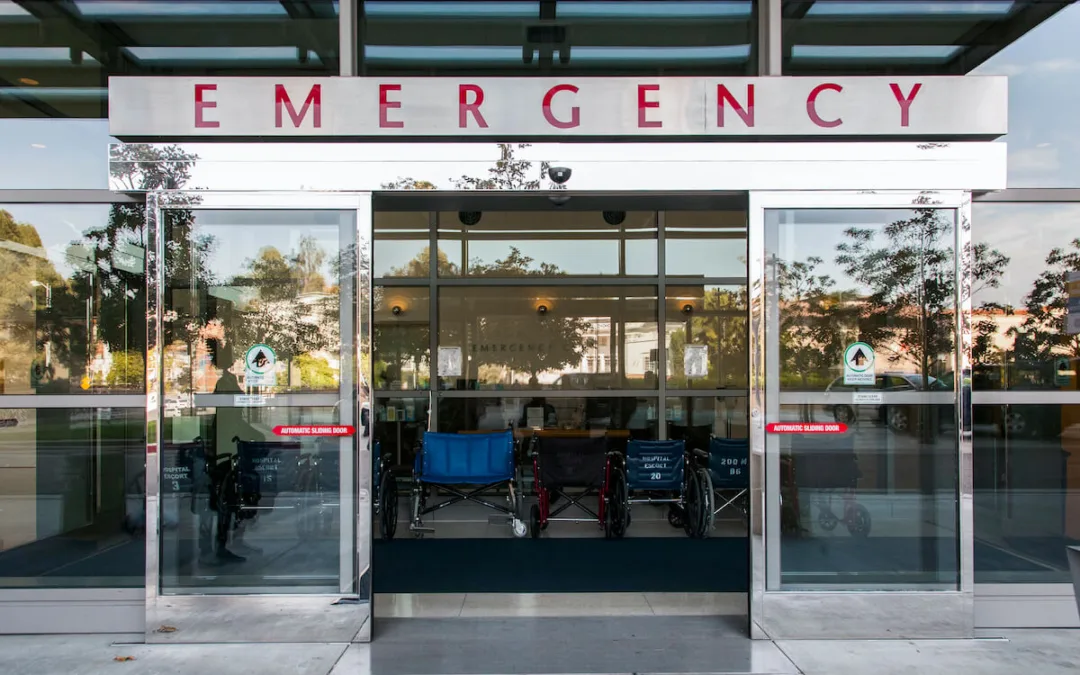
#image_title
#image_title
Dashboard from the Department of Health Services compares infections, hospitalizations, and deaths in vaccinated and unvaccinated people.
New data released Thursday by the Wisconsin Department of Health Services (DHS) reinforces how those who remain unvaccinated against COVID-19 continue to face a much greater risk than those who have been vaccinated.
A webpage displaying the data compares the rates of COVID-19 cases, hospitalizations, and death among vaccinated and unvaccinated Wisconsinites. The not-fully-vaccinated population includes Wisconsin residents with no vaccine doses reported in the state registry or an incomplete vaccine series, and those who have not completed the two weeks following vaccination to build full immunity.
This comparison of outcomes between vaccinated and non-vaccinated individuals is part of DHS’ effort to convince people to go out and get their shot to protect themselves and others against COVID-19, especially with surging cases and the rise of the Delta variant.
“Everything that we need to do to minimize the spread of the virus, we need to do better and more of when we have a more infectious variant,” Dr. Ryan Westergaard, chief medical officer with the DHS Bureau of Communicable Diseases, said during a Thursday press conference. “And that’s what we’re seeing with [the Delta variant]. So, we have the same tools, but we need to implement them much more aggressively to have the same impact for reducing transmission.”
The data spans from February to present day and is displayed by month. By displaying the rates side-by-side, users can compare rates between these two groups. The overwhelming majority of Wisconsinites who are infected with COVID-19 are not fully vaccinated.
RELATED: As COVID Surges, Evers Returns for First Virus Briefing Since May
According to DHS, in July, people who were not fully vaccinated were nearly three times more likely to test positive for COVID-19. Additionally, they were hospitalized for COVID-19-related illnesses at a rate 3.7 times higher than people who are fully vaccinated. People who are fully vaccinated also were 10 times less likely to die from COVID-19.
“The increase in cases we are seeing in Wisconsin right now is being largely driven by the Delta variant, and the overwhelming majority of people who are contracting COVID have not been fully vaccinated,” said DHS Secretary-designee Karen Timberlake in a press release. “With the original strain of COVID-19, an infected person was likely to infect two other people, who were then likely to infect two additional people for a total of 6 cases from one infection. With the Delta variant, an infected person is likely to infect about five people, who are then likely to infect 25 people for a total of 30 cases from one infection.”
The data shows that COVID-19 vaccines are still preventing severe illness, hospitalization, and death. However, no vaccine is 100%effective in preventing infection, which results in a small amount of breakthrough infections, or cases where fully vaccinated people test positive for COVID-19.
“This visual disease surveillance work is of course a dynamic process and continues to be an important part of our COVID-19 response in Wisconsin, and together we hope these new data and the data enhancements to our existing visualizations really helps illustrate where we are in the pandemic,” said Traci DeSalvo, director of the DHS Bureau of Communicable Diseases.
According to the updated DHS website, only Florence County is at a low transmission level of virus transmission, and Bayfield County is the only county at a moderate transmission level. The remaining 70 counties are at substantial or high transmission levels. The Centers for Disease Control and Prevention and DHS recommend residents in substantial- or high-transmission counties wear masks.
CORRECTION: This story initially said unvaccinated individuals were 2.7 times more likely to be hospitalized with COVID-19. They are 3.7 times more likely to be hospitalized.
Politics

Biden administration bans noncompete clauses for workers
The Federal Trade Commission (FTC) voted on Tuesday to ban noncompete agreements—those pesky clauses that employers often force their workers to...

Opinion: Trump, GOP fail January 6 truth test
In this op-ed, Milwaukee resident Terry Hansen reflects on the events that took place on January 6, the response from Trump and other GOP members,...
Local News

Readers Poll: Top Bowling Alleys in Wisconsin
Looking for the best bowling in Wisconsin? Look no further! Our readers have spoken in our recent poll, and we have the inside scoop on the top...

8 Wisconsin restaurants Top Chef judges are raving about
Top Chef’s 21st season is all about Wisconsin, and on-screen, it’s already apparent that the judges feel right at home here. But, while filming in...




